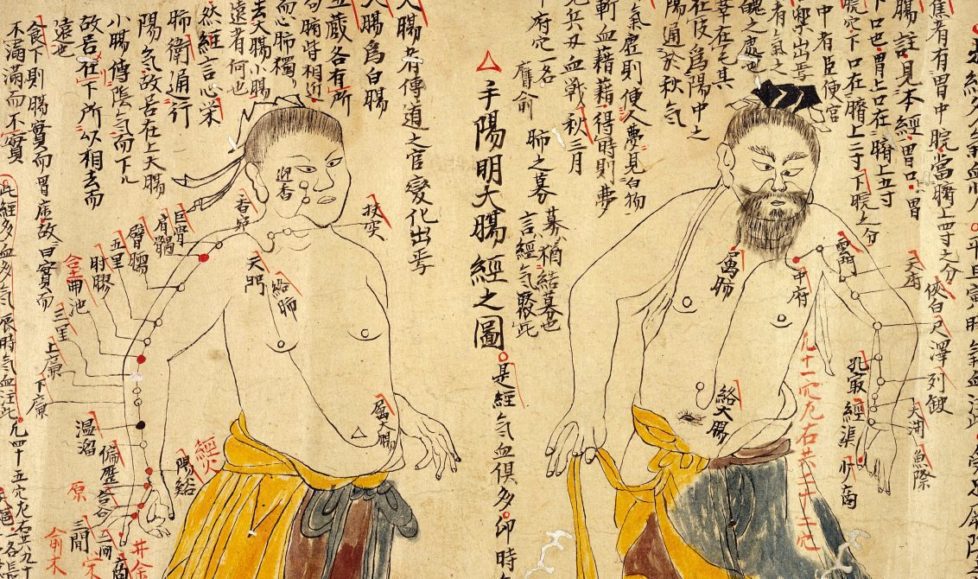
Vestigios de la felicidad del campesino en Sarthe
De los 542 hornos de secado de cáñamo existentes en la región de La Loire (Francia) a finales de los 90 quedan actualmente la mitad. Los habitantes llevan más de 30 años intentando salvaguardar el…
Iberian Peninsula express shipping
0€ Orders over 60€
*6€ orders under 59€
East, West, South Europe express shipping
0€ Orders over 150€
*18€ orders under 149€
North Europe express shipping
0€ Orders over 160€
*20€ orders under 159€
Ireland, Norway, UK normal shipping
0€ Orders over 60€
*6€ orders under 59€
Rest of the world normal shipping
0€ Orders over 180€
*25€ orders under 179€
Shipping costs can be confirmed in your shopping cart.
For additional shipping methods, please reach out through info@kannabia.com.


*Website protected by SSL.
**Not available in all regions.
*Your coupon will be sent via email.
*Should you have any question, comment or feedback, please do not hesitate to contact us.


A recent study analyzed references to cannabis in the literature of traditional Chinese medicine. While medicinal cannabis may be an emerging area of study in Western societies, the plant has been recorded in Chinese medical texts for nearly 2000 years. A recent publication in Frontiers in Pharmacology takes a look at ancient medical literature to uncover what the Chinese have long understood about this plant.
For millennia, cannabis has been cultivated in China for use as a source of fibre, food and medicine. References to cannabis can be found throughout classical Chinese literature, although they mainly focus on the use of its seeds and fiber. Most reports of the use of cannabis for its therapeutic effects occur specifically in medical texts.
The researchers in this study analyzed and reviewed multiple editions of the Complete Ben Cao (materia medica: Latin medical term for the body of collected knowledge about the therapeutic properties substances used for healing). The authors noted a few key points from their research. Mentions of the seeds became more prominent over time and less attention was given to the other parts of the plant. This trend suggests that cannabis was rarely applied in Chinese medicine. There was also enduring nomenclature confusion regarding the various parts of the plant, further inhibiting its use as traditional Chinese medicine. Lastly, although there are records suggesting intoxication and altered consciousness, little was known of the active cannabinoid compounds.
Some fundamental statements that were repeated about cannabis for centuries revealed interesting insights into the understanding of cannabis by the ancient Chinese. The following properties were described in the Divine Farmer’s Classic of Materia Medica from the 1st – 2nd century AD: “Flavor: acrid; balanced. Governs the five taxations and seven damages, benefits the five viscera, and descends blood and cold qi; excessive consumption causes one to see ghosts and run about frenetically. Prolonged consumption frees the spirit light and lightens the body.” To this initial description, it was later added that cannabis is “toxic” and used to “break accumulations, relieve impediment, and disperse pus.”
In the 6th century AD, cannabis was noted for its use in “relieving impediment,” a traditional disease known as “painful obstruction.” The application of cannabis to treat pain may go as far back as the 3rd century AD when the famous physician Hua Tuo was said to have developed an anesthetic formula known as ma fei san or cannabis powder. However, this is speculative since the ingredients used in the ancient formula for ma fei san are lost. In another pain-related application, a physician in the Tang Dynasty (581-683 AD) reportedly used the juice from crushed cannabis leaves to treat excruciating pain from fractured bones. By 1070 AD, a text from the Song Dynasty entitled Illustrated Classic of Materia Medica references a preparation method for cannabis to treat severe pain. The recipe requires that the seeds of cannabis be soaked in water, then the sediment collected from the bottom of the water, stir-fried until aromatic in a silver vessel, and ground into a fine white powder; this is then boiled with alcohol and taken internally on an empty stomach. It is possible that this preparation would yield cannabinoids, as resin glands would sink in water and the heat from the stir-fry would decarboxylate thc acids into bioavailable THC, which can then be extracted when boiled with alcohol.
In applications relating to mental effects and mental illness, the authors of a 6th century text note the following: “take cannabis flower with ginseng and know of things that have not yet come.” A later redaction suggests this may be an overstatement and instead suggests that the combination of cannabis and ginseng allows one to “know the affairs of the four directions” and also treats forgetfulness. In a text from the 7th century, cannabis was said to treat wind-withdrawal, a traditional term relating to mental illness.
Contemporary Chinese medicine texts were greatly influenced by these earlier statements. For example, in the Great Encyclopedia of Chinese Medicinals, it was said that cannabis “dispels wind, relieves pain, and settles tetany” (a traditional disease associated with severe spasm). It was therefore suggested that cannabis could be used in the treatment of “impediment patterns” (typically manifesting in pain and restricted movement), gout, withdrawal and mania, insomnia, and panting and cough. “Blood and cold qi” was interpreted as an indication that cannabis could “quicken” the blood. In the 1935 text Illustrated Analysis of Medicinal Substances, the author recommends cannabis for a variety of conditions including headache, menstrual irregularities, itching, convulsions, anemia, and dry cough.
In the context of modern pharmacology, cannabinoid-related research has attracted a great deal of attention in recent years. Meanwhile, this is considered ancient history in China. While modern technology allows for a deeper understanding of cannabis and its effects, we would all be remiss if we didn’t take time to look back at centuries-worth of knowledge accumulated in these ancient Chinese medical texts.
Peter Chen
Source: Lift News